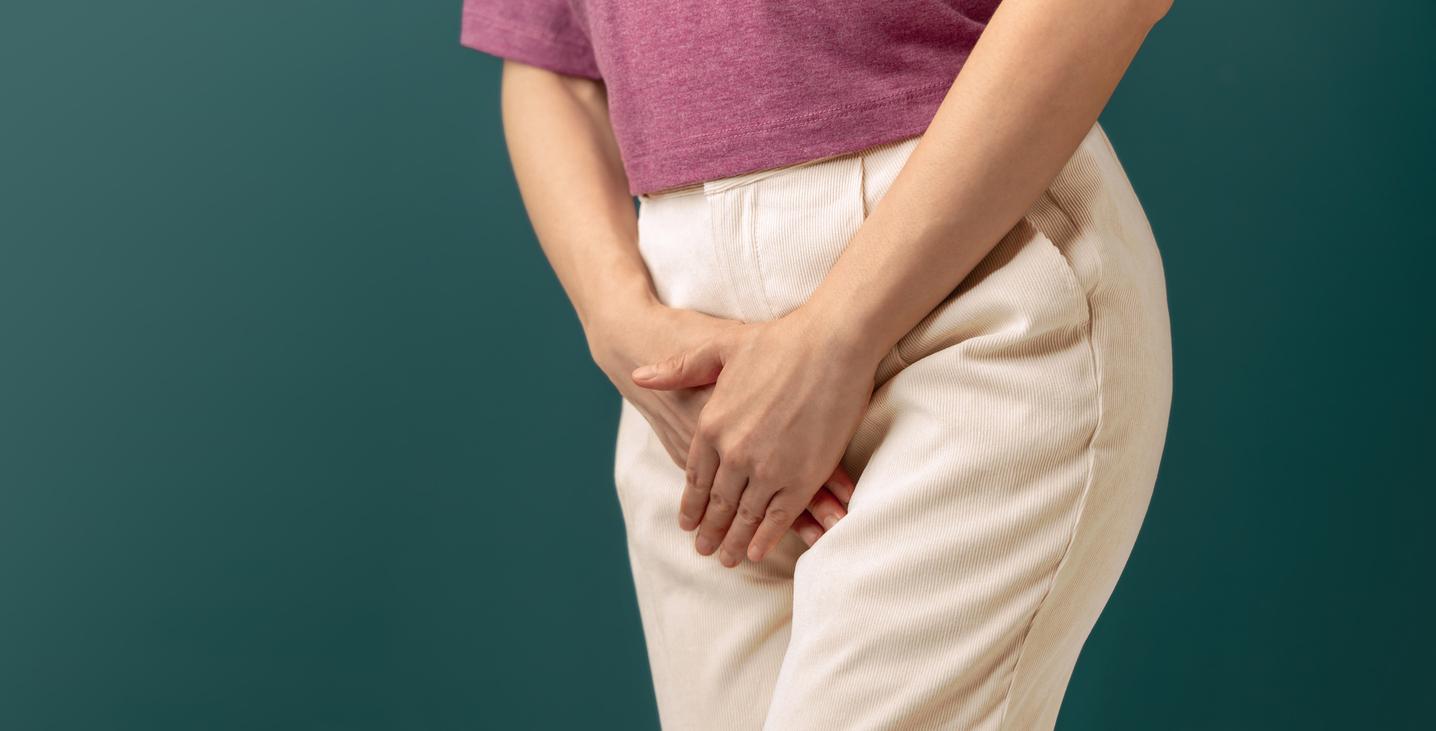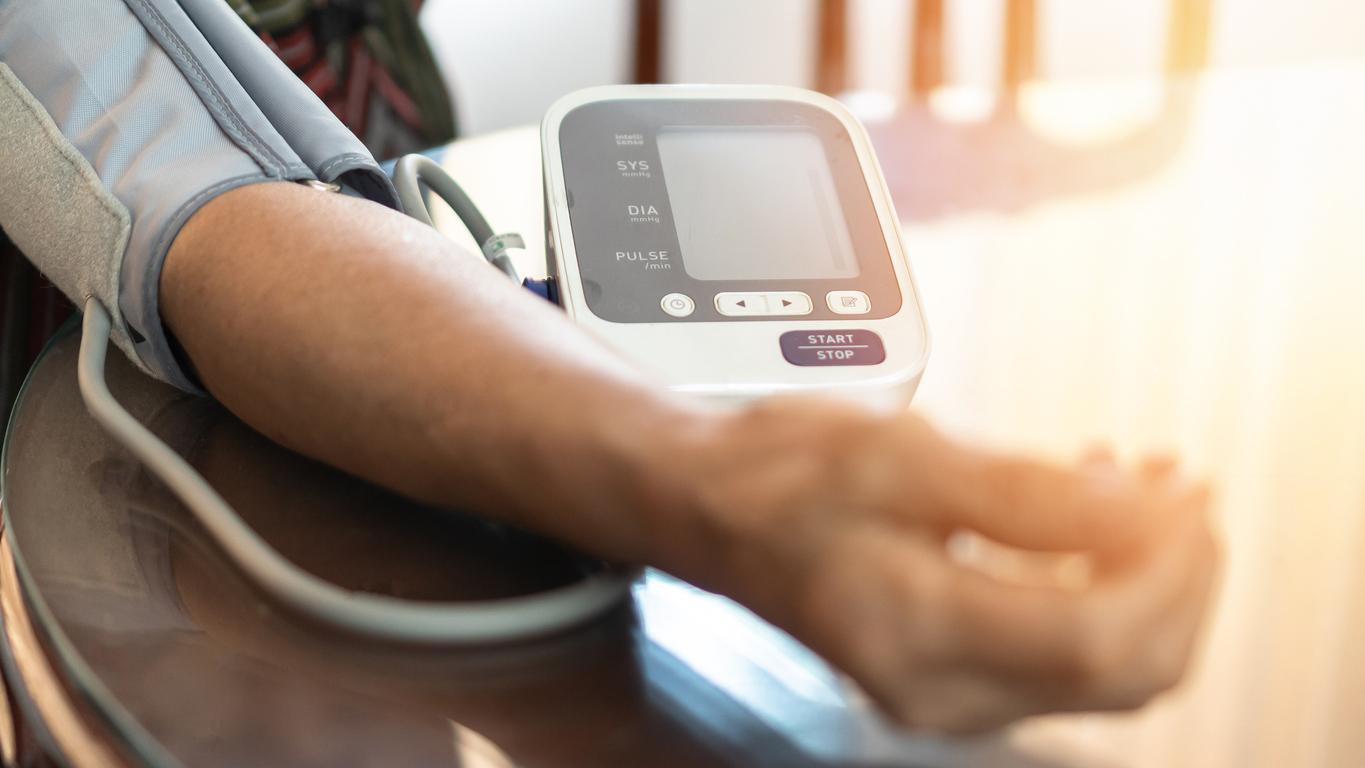By performing stretches, it solicits the muscles but also the blood vessels. Stretching your body therefore amounts to softening these vessels, which lowers blood pressure.
-1610763776.jpg)
- Stretching can help lower high blood pressure, as can active walking.
- This exercise, easy to integrate into a daily routine, does not necessarily require a lot of time.
- Making the muscles more flexible also means making the blood vessels more flexible, which explains its action against high blood pressure.
To prevent hypertension, nothing better than stretching! In new study published in the December 18, 2020 in the Journal of Physical Activity and Healthresearchers from the University of Saskatchewan (Canada) indicate that stretching is better than brisk walking in reducing blood pressure in people with high blood pressure.
Stretch blood vessels
High blood pressure is one of the major risk factors for cardiovascular disease as well as one of the major preventable risk factors affecting overall mortality. For a long time, walking has been recommended by doctors to treat patients in order to lower their blood pressure. However, stretching appears to be just as effective in reducing hypertension. “Everyone thinks that stretching is only for stretching the muscles, points out Phil Chilibeck, professor of kinesiology and co-author of the study. But when you stretch your muscles, you also stretch all of the blood vessels that supply the muscle, including all of the arteries. If you reduce the stiffness of your arteries, there is less resistance to blood flow.”
Indeed, the rigidity of blood vessels increases blood pressure, so it seems logical that their relaxation achieved with stretching lowers this pressure. To verify their statements, the researchers divided into two groups 40 men and women aged 61 on average. For eight weeks, one of the two groups followed a stretching program of 30 minutes a day, five times a week, while the second group performed brisk walking at the same frequency and for the same duration. All participants had high blood pressure at the start of the study.
A practice easily integrated into a daily routine
Before and after the study, the researchers measured the participants’ blood pressure while sitting, lying down and for 24 hours using a portable monitor. According to their results, stretching sessions resulted in significant reductions in blood pressure on all three types of measures. As for the walkers, if the effects were similar on blood pressure, they also lost fat stored around the waist during these exercises.
For Phil Chilibeck, stretching should complement walking to reduce high blood pressure. According to him, the same benefits can be achieved by performing a shorter stretching routine that focuses on the most important muscle groups in the legs, especially the quadriceps and hamstrings. Additionally, yoga, which aims to stretch and limber the body, produces similar reductions in blood pressure.
The advantage of stretching is that it fits easily into a daily routine, does not require a lot of time or special equipment, which gives it the advantage of being practicable everywhere. “When you relax in the evening, instead of sitting on the couch, you can lie on the floor and stretch while watching TV”, suggests Phil Chilibeck.

.













